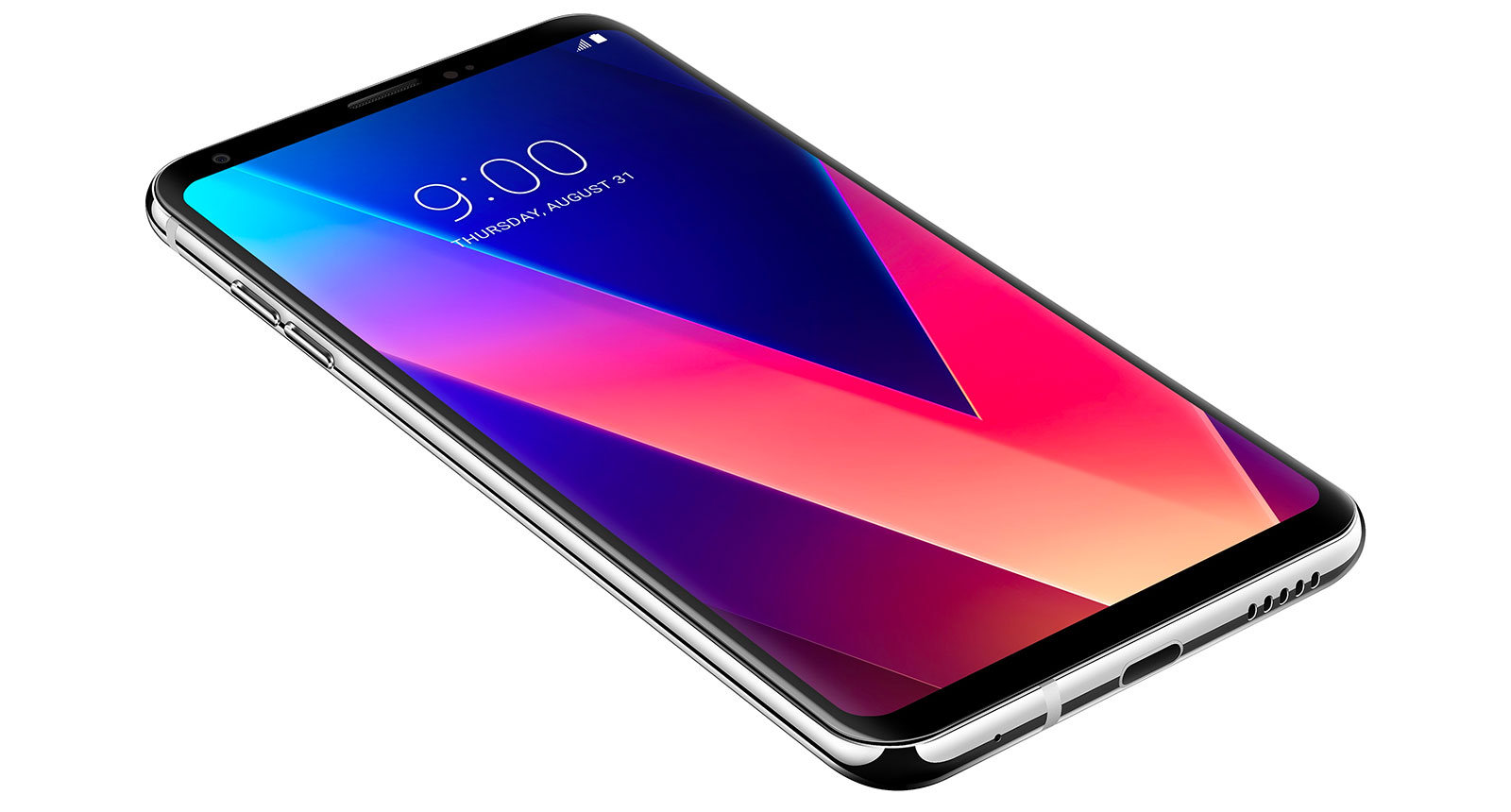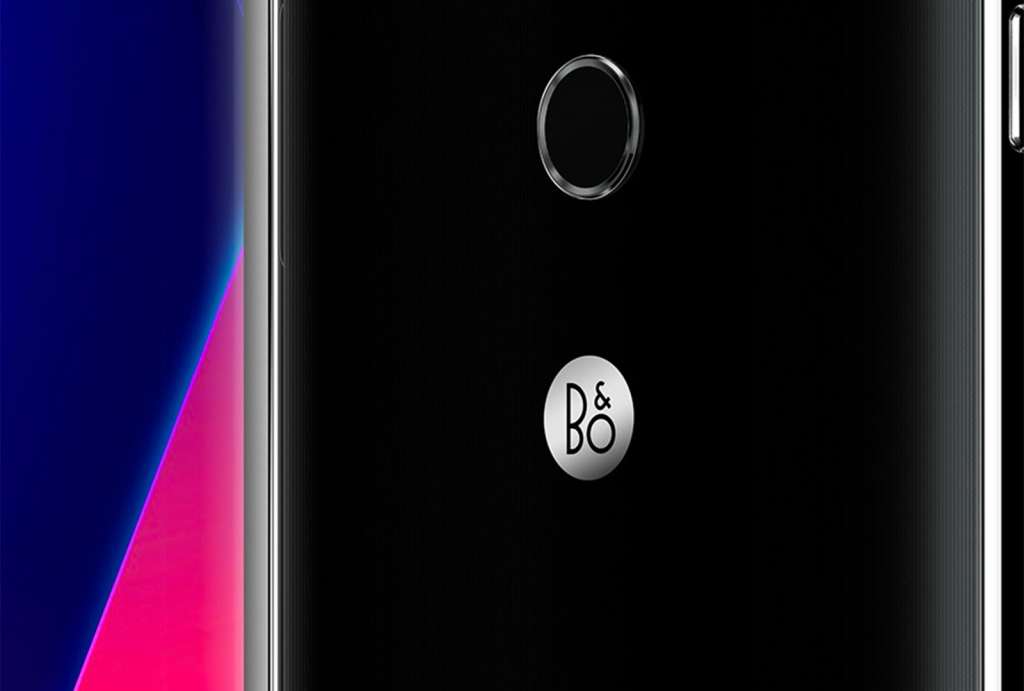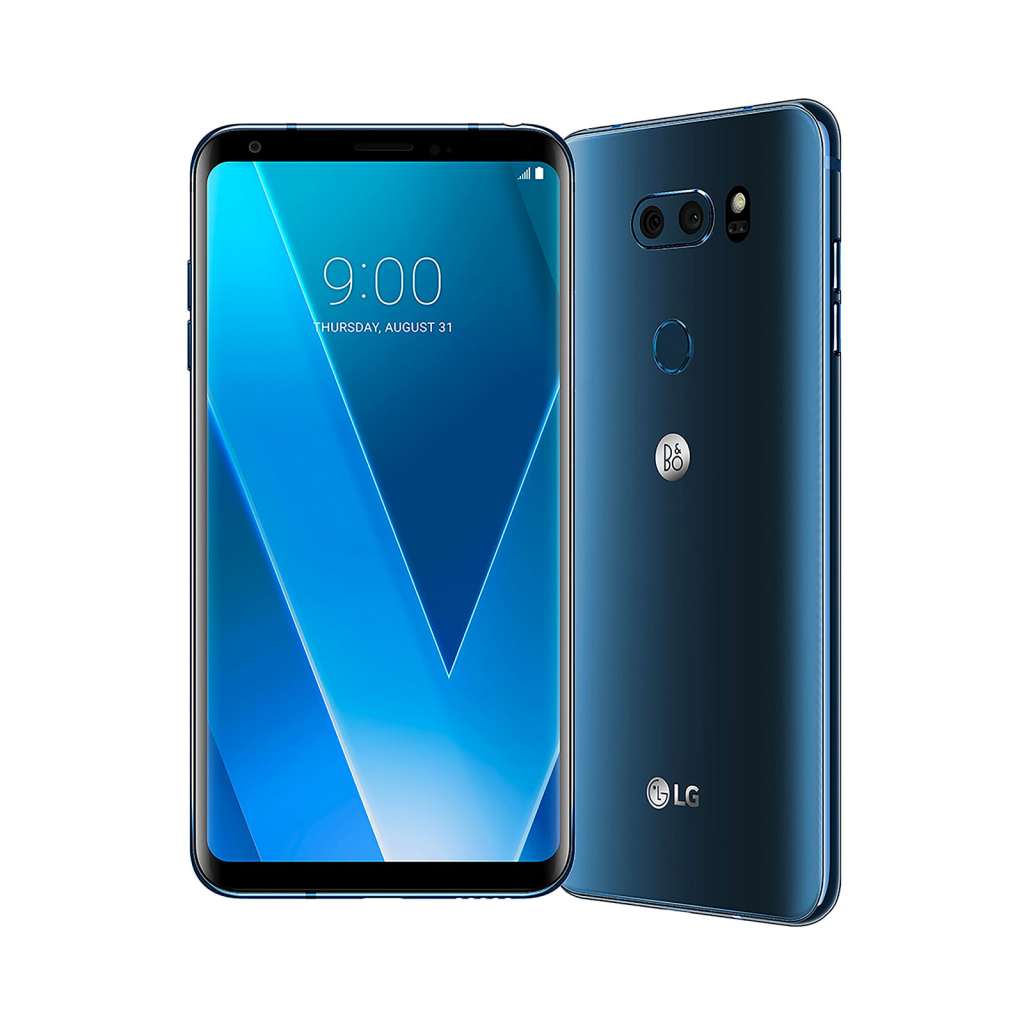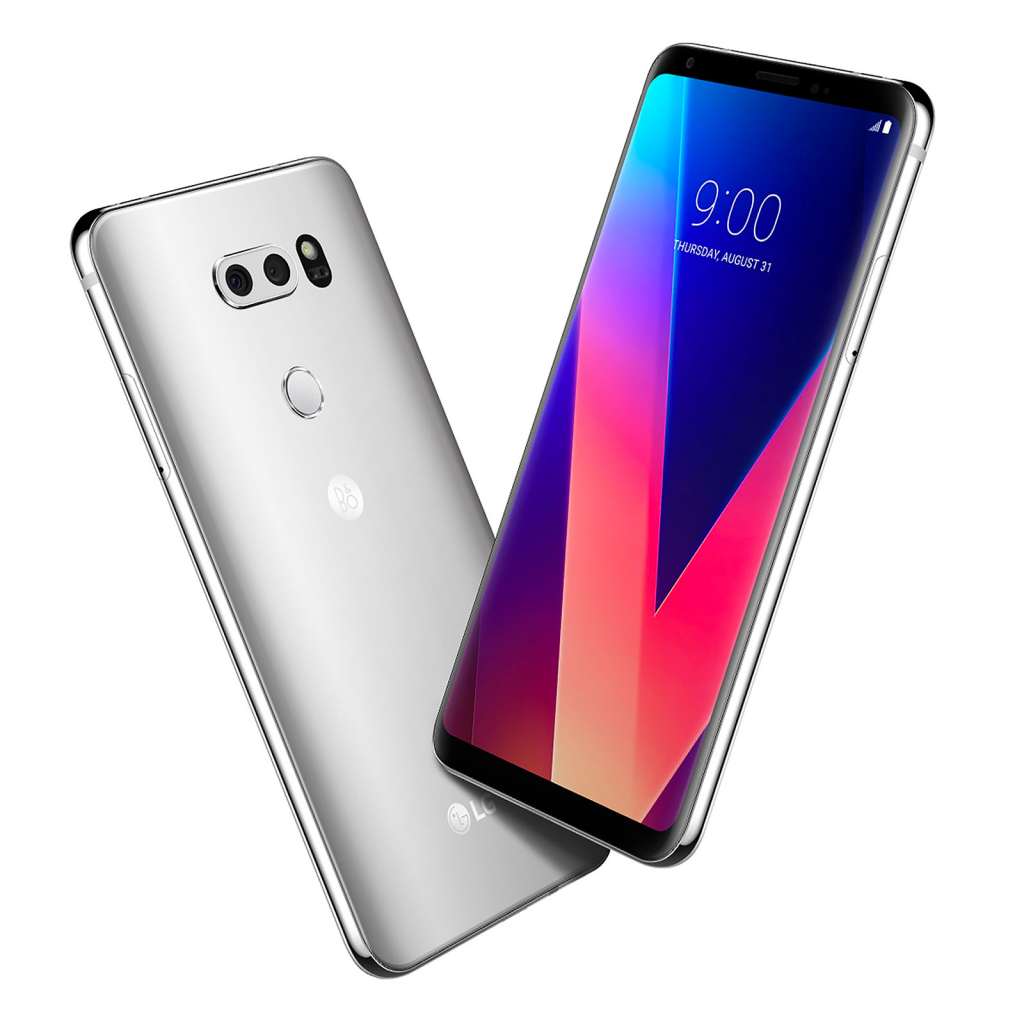The more impressive phones this year have arrived with an emphasis on what you can see and capture, but LG’s upcoming V30 steps it up a notch.
There are many phones out in the wild, leaving customers with loads of choice, and lots of associated questions. Do you want a big phone that lets you see more of the world? How about one where the screen feels like it’s from the future? And what about one that lets you never worry about a camera for most occasions ever again?
Questions need to be answered, and that’s exactly what mobile companies are doing when they release new products, finding solutions to the questions we have.
For LG, the question it seems to have having lately is “what are we doing to innovate”, and in the world of smartphones, it’s a big one.
That world is one fairly well dominated by the likes of Apple and Samsung, though Google certainly made an impact with its Pixel phone. So what is LG doing to innovate, to tell customers that it has something that can make them go “wow”?
This year at IFA in Germany, the company has unveiled something that could do just that, allowing it to get past the almost-measure that was the G6, a phone that featured a nice screen, but felt lacking in other areas.
Instead, we should be seeing a new entrant in the “V” series shortly, arriving in the V30.
Offering a similar design, LG’s efforts on this phone are focused on what it can do differently. It’s pretty clear that smartphone designs are more or less going to stay the same from here on in, because basically they’re softened rectangular slabs with a screen on front.
To that end, the LG V30 is a softened rectangular slap with a 6 inch screen at front using LG’s 18:9 OLED FullVision technology we saw on the G6, making it longer but packing in a similar screen to what Samsung’s Galaxy S8 was going for, curving slighty on the edges.
LG is going for something as slim as possible here, with a thickness of 7.3mm and a weight of 158g despite this being a 6 inch phone, what is basically a small tablet for your hands, and something that normally edges closer to a 200 gram weight.
More importantly, LG is trying to evolve the audio and video experience here, and that’s key. Reading the spec list of what the V30 has to offer and the partnership it’s going with suggests the company is aware just how much that Samsung/Harman alliance could hurt it, and is ready to counter.
To that end, you’ll find sound tuning by B&O Play, the Bang & Olufsen brand, complete with the B&O logo stamped on the back. LG has been working with B&O for some time, and the G5 even featured an accessory pack that added a special premium sound digital-to-analogue converter, but that is now part of this phone.
Yes, there’s a quad DAC for making audio sound the best possible, something B&O has reportedly tweaked. Even more interesting is its support for MQA or “Master Quality Authenticated”, a relatively new audio format that basically renders lossless audio in a smaller format, something we’re beginning to see more of and there for folks who don’t want compressed sound, but prefer 24-bit audio.
It’s not just the audio that has seen an improvement, with video, too.
You’ll find dual cameras here, something LG has been dabbling with for some time, with both as 16 megapixel standard camera and a 13 megapixel wide camera, letting you pull back just a little further.
The camera speed has been improved, too, with the 16 megapixel camera sporting an F1.6 aperture lens, letting more light in than pretty much every other rival, and grabbing what LG says is a more cinematic experience thanks to its “Point Zoom” feature which LG says will provide a smoother zoom more like a movie instead of the blocky disconnected zoom movie capturing on a phone feels like.
LG is also including a “Cine Log” mode to capture the high dynamic range during movies and render correctly on those new HDR screens, while photographers wil be able to borrow image settings from its “LG Graphy” website and apply them to their own images, almost like a quick Lightroom conversion.
For the most part, though, the LG V30 feels like it’s everything the G6 should have been, with a better camera, improvements to sound, and indeed one of Qualcomm’s Snapdragon 835 processors, the newer and faster eight-core chip out there compared with the four-core Snapdragon 821 the company used in the G6. That means it will have faster mobile speeds, too, as that chip supports Category 16’s 1Gbps downlink.
“The V series has always been demonstrating new practical mobile technologies that contribute to high quality content creation and the V30 has not lost sight of its roots,” said LG’s Juno Cho.
As for when the phone will arrive, LG suggests South Korea will see it first in late April, followed by other places around the world. We’re checking to see whether that also means Australia, though given the previous V-series phones have arrived, we’d say it’s a good bet LG will bring a few locally.











